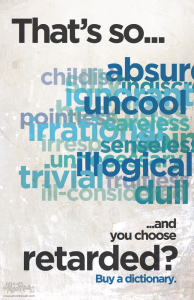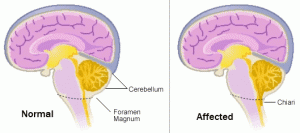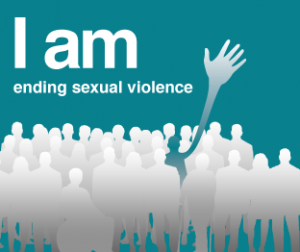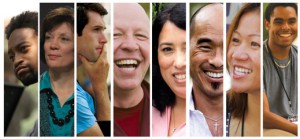by Maria Gebhardt, Univeristy of Massachusetts Lowell
Sterilization of the intellectually and developmentally disabled: An act of protection or modern day eugenics?
In 2014, a mother in Iowa forced her 20-year-old son, who has an intellectual disability, to undergo a vasectomy. The son did not consent, sued, and won- but not because he did not consent to the vasectomy; he won because his mother failed to get the courts permission prior to the procedure (Volokh, 2014).
Compulsory sterilization (sterilization without consent) remains prevalent in the intellectually and developmentally disabled community to this day. Though the practice of forced sterilization is illegal, the laws have loopholes and do not protect most of those deemed incompetent. These individuals are being coerced into vasectomies, hysterectomies, and tubal ligations oftentimes with no informed consent.
So many questions arise when discussing this topic: Is this sterilization ethical? Would we be better off allowing them to bear children? Should we educate and let them choose? Is birth control an option or is that also unethical? Intellectual and developmental disabilities (IDD’s) vary so greatly that it becomes hard to determine at what point we are no longer advocating for and protecting them and instead taking away their right to choose.
I have personally encountered a woman with an IDD who had a hysterectomy and thought she would one day become a mother, had once had a child and had a tubal ligation post-delivery without her personal consent, and many who took oral contraception daily without their knowledge. Even knowing these women personally, I don’t know which, if any, of these situations were ethical, although, I am certain they would not function effectively as parents. They did not have the knowledge or skills to care for a baby, at least not independently. Some of these women did have the desire to have a child though; perhaps allowing them to have a baby and placing them in an open adoption could have been an alternative? We don’t sterilize women in prison, or those with drug addictions or even those who have been found guilty of child abuse in the past, so why single out the IDD community?
Accompanied by the question of their right to choose is the issue of the risks of sterilization surgeries. Tubal ligations and vasectomies are relatively low risk but hysterectomies are still major surgeries, with significant risks. It is not ethically or morally right to put an individual through a major surgery to prevent pregnancy, especially without their informed consent.
Daily oral contraception can appear to be the “happy medium” but also raises some concerns. When a woman takes daily birth control, she receives plentiful information prior to receiving a prescription and she knows exactly why she is going to be taking it. Many individuals with IDD’s cannot comprehend the purpose and risks of the contraception. Almost all of these individuals take daily medication for health issues without comprehension of why they are being taken, which is understandable and ethical, but they are necessary for health and oral contraception is not.
Placing aside all ethical concerns and even medical concerns, a larger question remains: why are we ignoring the sterilization of individuals with IDD’s? This is a prime example of eugenics existing in today’s society. Are we taking away their ability to procreate in order to protect them from the health concerns of pregnancy and the trials of parenting? It is more likely that we are avoiding the risk of them having a child with an IDD and someone else having to raise and care for that child. If it is, as I suspect, the priority to avoid them passing on the disability and secondly, to protect them, then we, as an educated, developed, society, are allowing and ignoring eugenics. Maybe allowing them to procreate is not the answer but should they not have some say in that themselves? In ignoring the issue of compulsory sterilization, we are failing these individuals. The ethics on this matter may never be clear, but certainly the conversation should exist. #UML #commpsych
References
Volokh, E. (2014, April 18). Sterilization of the “intellectually disabled”. The Washington Post. Retrieved from https://www.washingtonpost.com/news/volokh-conspiracy/wp/2014/04/18/sterilization-of-the-intellectually-disabled/?utm_term=.f06235c3db
Maria Gebhardt is a graduate student in Community Social Psychology Deaprtment at the University of Massachusetts Lowell.





